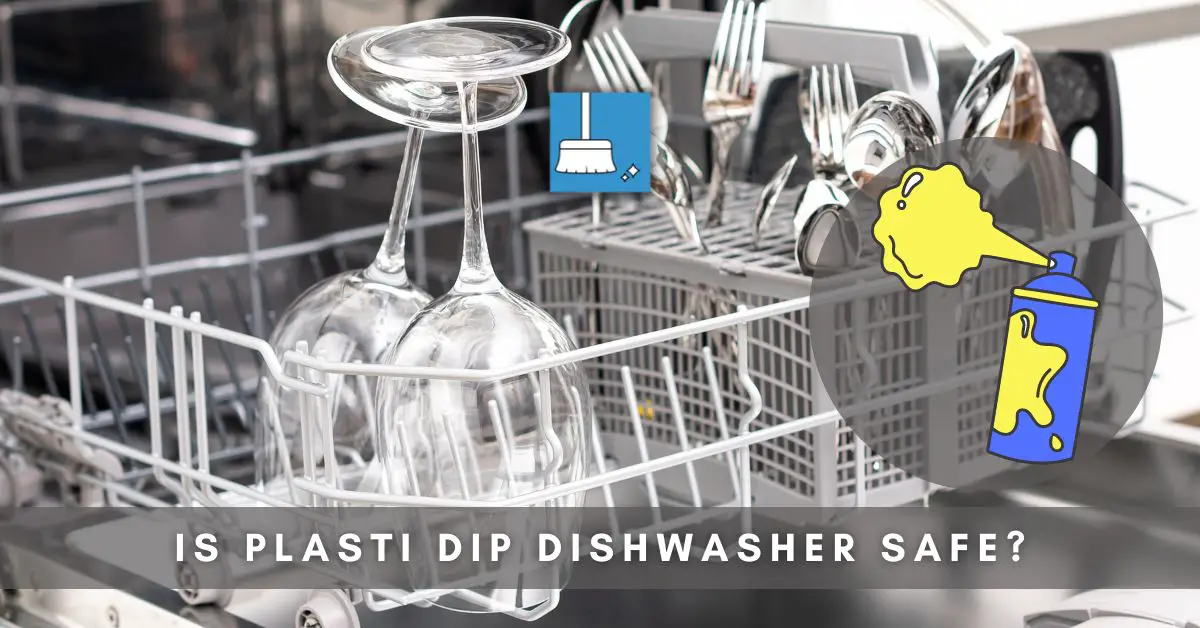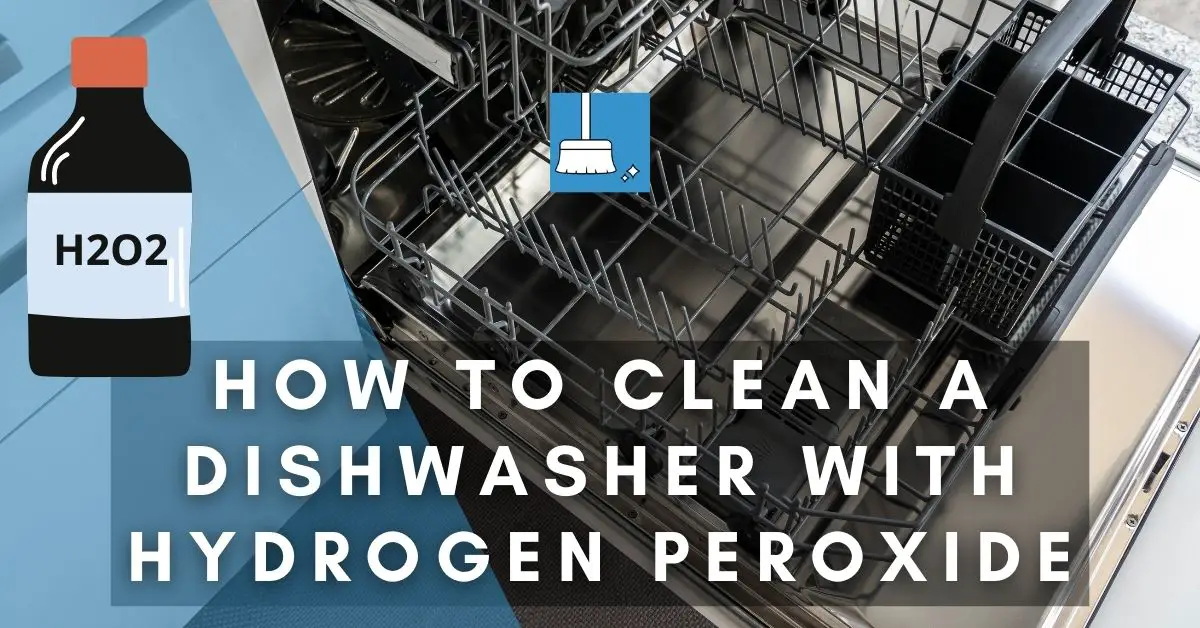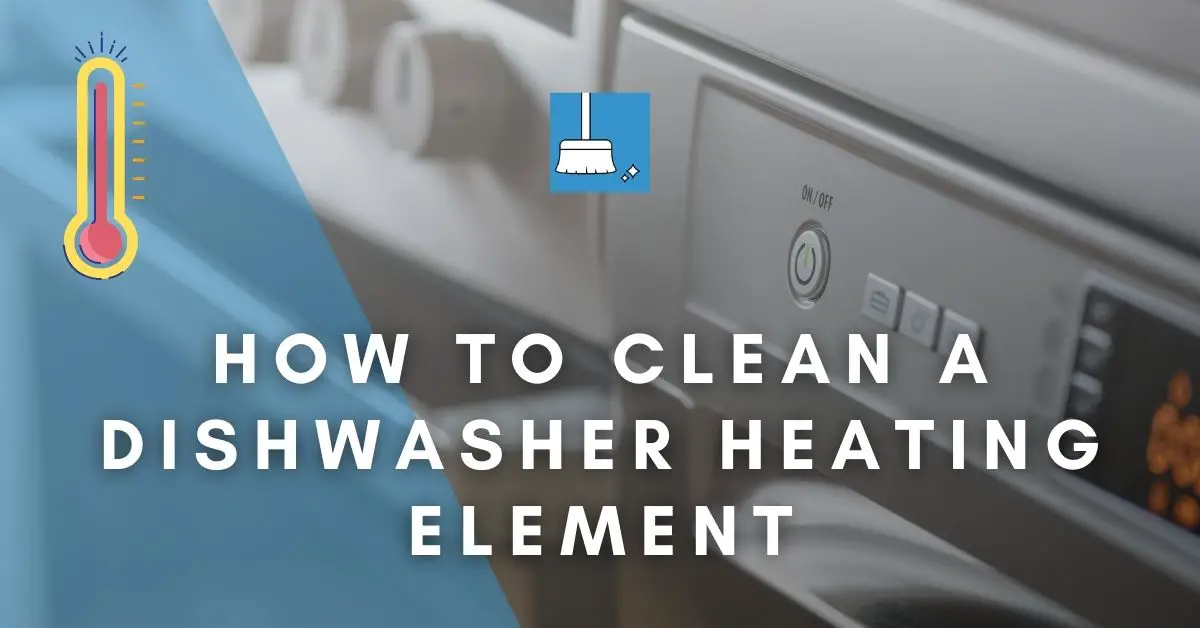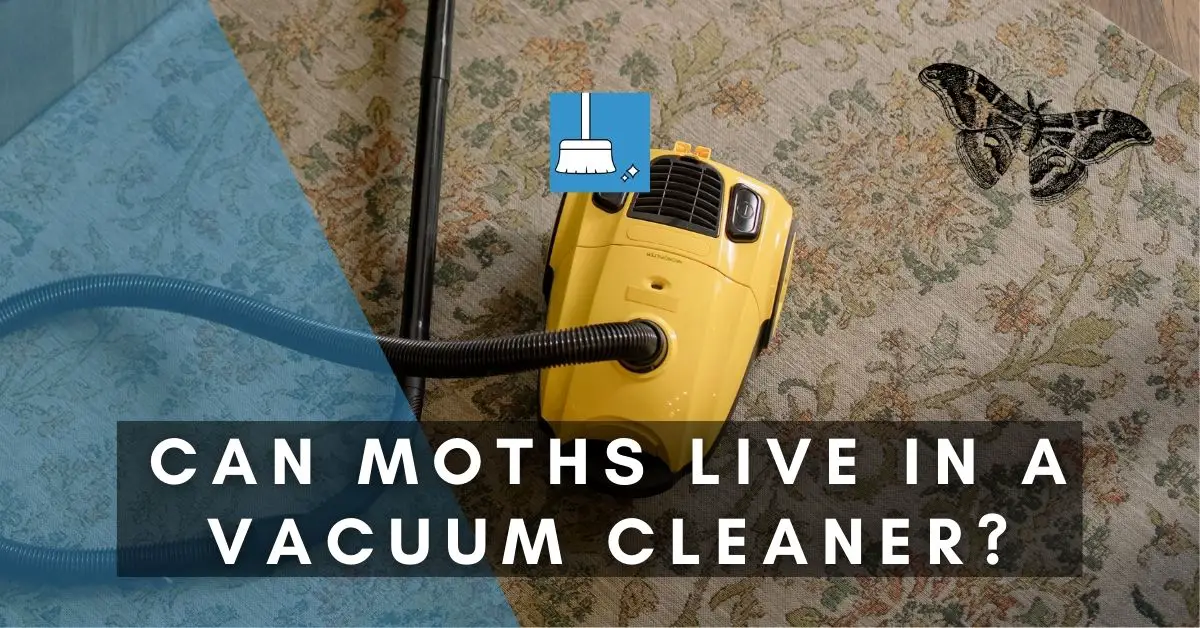Plasti Dip is a rubbery coating that is applied to an object by dipping it in a liquid or spraying it onto the surface from an aerosol can. It can be applied onto most surfaces such as metal, wood, or concrete and can also be used as a sealant on roofing.
Plasti Dip is used in home projects to coat flowerpots, handles on utensils, and cookware for a better grip, or to coat the legs on furniture to stop them from skidding and scratching up your floors. But how safe is Plasti Dip?
This article with tackle some of the most common questions about Plasti Dip and give you some best practices when handling it.
Is Plasti Dip Dishwasher Safe?
No, Plasti Dip is not dishwasher safe. According to the Plasti Dip official site, items coated with Plasti dip should not be put in a dishwasher.
This is because the aggressive cycles may cause the plastic coat to peel off in small bits or come off completely. This is especially common if the coating was done over a metal handle. The handle may become hot and expand during hot cycles and contact during cold cycles. This makes the plastic loosen its grip on the metal and fall off in the dishwasher.
The dishwasher may be unable to expel the big pieces of Plasti Dip from the Dishwasher and leading to a clog. The small pieces of Plasti Dip may also clog the spray arm and disrupt the normal functioning of the dishwasher.
How Does Plasti Dip React with Water in Dishwasher?
Plasti Dip is waterproof. Plasti Dip has many diverse uses such as coating cars, waterproofing boats, and tents, and waterproofing outdoor furniture to protect it from water damage and harsh weather elements.
Whether it is applied on everyday items or applied to an underwater submarine, its waterproofing properties will remain intact.
Plasti Dip is basically liquid rubber hence it seals whatever you apply it on and keeps water out.
Keep in Mind that Plasti Dip is Not Food Safe!
Plasti Dip has not been certified as food safe. It should not be applied to any chewable surface or any surface that comes in contact with food.
Despite the fact that Plasti Dip, once completely dry, does not leave any heavy metals or chemicals on the surfaces it is applied on and is completely non-toxic, it has not been approved as food safe.
Some of the reasons why Plasti Dip is not certified as food safe is because after it has gone through some damage such as scrapping or tear, it will begin to peel and these small plastic pieces may be accidentally swallowed. They can cause harm to the consumer and can become a choking hazard, especially when dealing with children.
Does Dishwasher Heat Affect Plasti Dip?
Plasti Dip is heat safe. Once Plasti Dip is applied to an appliance and allowed to cure, it becomes heat safe. Plasti Dip on a surface can withstand the heat of up to 2000 F.
When using appliances such as pots and pans with Plasti Dipped handles, you should not be afraid of them catching fire.
This can only happen if you accidentally coated the side or the bottom of an appliance that is used on direct heat with Plasti Dip. This can happen while spraying the handle, and it will melt and burn off like regular plastic.
However, be careful while using Plasti Dip near any direct source of heat. This is because Plasti Dip in its liquid state is highly flammable and may cause a lot of damage if it catches fire.
Life of Plasti Dip Last When Applied to Dishwasher Racks!
Plasti Dip should last about 3 years provided that it was applied according to the instructions given. However, there are some factors that could cause Plasti Dip to last for a shorter time such as the amount of damage, such as rust, that is on whatever you are spraying or applying it on.
Rusted surfaces may come through the Plasti Dip coat, forcing you to redo the application.
Other factors include the initial application of the Plasti Dip. If the Plasti Dip was applied too close to the appliance, it will cause a thicker coat to cure and hence may peel more easily.
If the coat was applied too far from the appliance, the coat will be too thin and may start to flake off or provide an inconsistent coat throughout the appliance that will be easier to damage or tear.
Plasti Dip should be applied in thin layers, each later let to dry before applying the next. If it is in an aerosol can, it should be sprayed approximately 20 cm from the object so that the coat is not too thick or too thin.
Can I Use Plasti Dip on Dishwasher Rack?
Yes, you can use Plasti Dip on dishwasher racks.
Since dishracks are left in an environment that is constantly moist, you might notice that after a while the vinyl coat on the racks has started to chip off. This will expose the metal underneath to water damage, which leads to rusting.
This rust may start transferring onto your dishes and damage them or even leave a metallic smell on your dishes, and an unpleasant metallic odor in the dishwasher.
Applying Plasti Dip on your racks slows down the rusting process and protects your dish racks. The Plasti Dip will not peel off during hot water cycles and will also not transfer onto the dishes, provided that you chose the right Dip to coat your racks.
How do I Apply Plasti Dip on my Dishwasher Rack?
To apply Plasti Dip to the dishrack during repairs, you need to follow the following steps:
STEP 1: Remove existing rust from the dishrack
You can remove the existing rust by either scraping or sanding it off. This ensures that the Plasti Dip is attached to a solid surface that will not come loose in the dishwasher.
STEP 2: Clean the dishrack
Clean the dishrack thoroughly with soap and water to remove oil and grease that may be stuck to it. Dry it with a cloth or paper towel then rub alcohol on it to remove any grease that you may have missed while washing.
STEP 3: Apply the Plasti Dip to the area
Apply Plasti Dip to the rusted area, ensuring that you overlap the existing vinyl coating for better adhesion. Wait at least 30 minutes between each coat so as to give the Plasti Dip a chance to dry between each application.
The average number of applications is 4-5, to ensure that the layer is thick enough to protect the dishrack. Ensure that you thoroughly shake the bottle of Plasti Dip at the beginning of the application and between each use.
If you notice the Plasti Dip applying in clumps instead of a smooth coat, place it in a cup of hot water and leave it for 10-15 minutes to warm it up to make the application process easier.
STEP 4: Allow overnight drying
This will ensure that the Plasti Dip has adequate time to cure before you can put it in the dishwasher.
Note that the fumes emitted from the Plasti Dip have a very strong smell. It is advised that the dip is applied in a well-ventilated area, preferably outside since the fumes could reduce the air quality if you apply it indoors.
How Do You Keep Plasti Dip coated Dishwasher Racks Clean?
Plasti Dip should be hand cleaned using regular dish soap and a cloth or a soft scouring pad. Avoid using abrasive tools such as hard brushes and steel wool when cleaning the Plasti Dip. This is because hard tools may cause it to chip and peel off or create tear marks, especially on Plasti Dipped handles, which will make the utensil look worn out.
Avoid washing it with bleach or other grease stripping agents as they may contain solvents that will lead to peeling or bubbling of the Plasti Dip and ruin the application.
Final Thoughts!
Plasti Dip is a fun and versatile product to use in your home and will definitely save you money on buying new dishracks when yours begin to rust.
Consider having it as an addition to your home repair and improvement projects. Ensure you always remember to ventilate the area you are going to be using to apply the Plasti Dip. You may also leave the Plasti dipped objects outside until the smell completely goes away.
If you are using spray Plasti Dip outdoors, ensure that you use it on a windless day to avoid spraying it into your facial area or on other objects around you.





